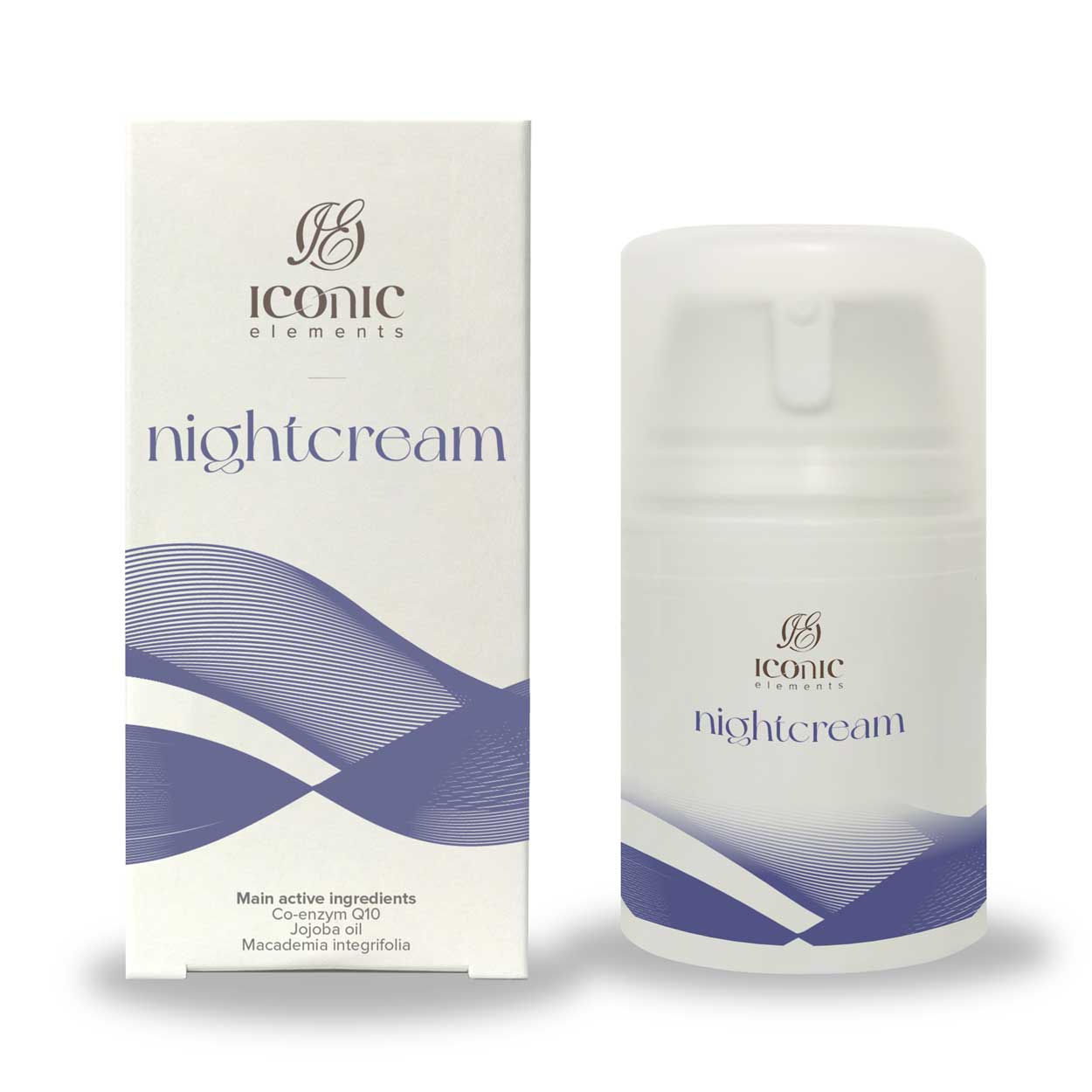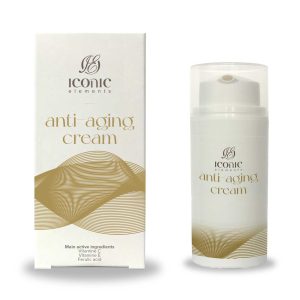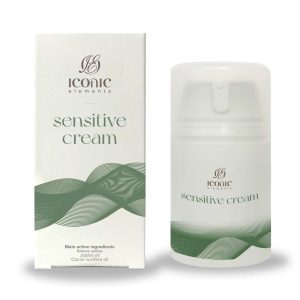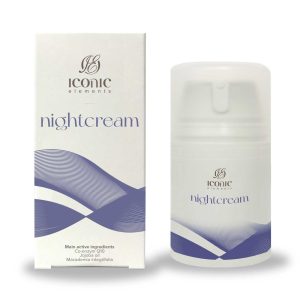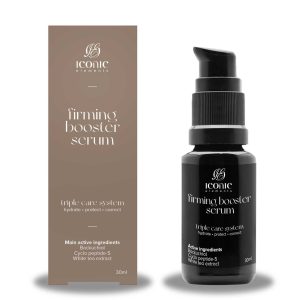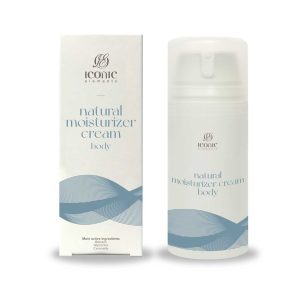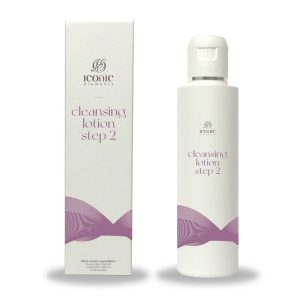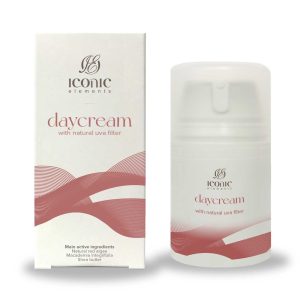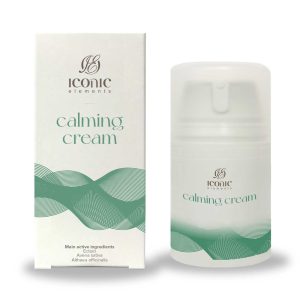Nightcream with Co-enzym Q10
Nightcream co-enzym Q10 is a light-feeling and moisturizing cream for the skin. It contains jojoba and macadamia oils that absorb well into the skin. The combination of vitamin E and coenzyme Q10 (ubiquinone) reduces free radicals and is essential for healthy skin.
The basic scent is floral without perfume addition
24,95
Active ingredients of Nightcream Co-enzym Q10
Ubiquinone (co-enzym Q10)
You need energy to correct these processes. Ubiquinone (coenzyme Q10) increases cellular energy metabolism and has an anti-oxidant effect. Coenzyme Q10 is found in all body cells and is an energy generator. It is vital for tissue and organs. As we age, the production of Coenzyme Q10 is less in our organs and tissues. A reduced concentration of Coenzyme Q10 has also been demonstrated in the epidermis and an increased energy metabolism was observed after application to the skin.
Read more about coenzyme Q10
Coenzyme Q10 – a boost for your skin
Jojoba oil
Jojoba contains a high concentration of vitamin E and is indispensable for skin care. Due to its anti-inflammatory and hypoallergenic activity, it can help limit free radical damage and reduce irritation and redness. Jojoba oil has a chemical similarity to human sebum (oil produced by the skin). It also provides a non-greasy film on the surface of the skin, which retains moisture and balances the overproduction of sebum.
Macademia Integrifolia
Macadamia oil helps keep the skin hydrated due to its high content of oleic acid and linoleic acid. Both are believed to have anti-inflammatory effects and help to reduce trans-epidermal water loss (TEWL) and improve the skin barrier.
INCI
Aqua, Helianthus Annuus Seed Oil*, Glyceryl Stearate, Simmondsia Chinensis Seed Oil*, Glycerin, Caprylic/Capric Triglyceride, Coco-Caprylate/Caprate, Macadamia Integrifolia Seed Oil*, Sodium Stearoyl Glutamate, Cetyl Palmitate, Sodium Hyaluronate, Aloe Barbadensis Leaf Juice Powder*, Levulinic Acid, P-Anisic Acid, Phenethyl Alcohol, Tocopherol, Sodium Levulinate, Ascorbyl Palmitate, Xanthan Gum, Potassium Sorbate, Phytic Acid, Ubiquinone, Lactic Acid, Potassium Lactate
*Biological
Content 50 cc
Perfect for: daily use for all skin types.
What we care about:
![]()
Scientific references
1. Matsui MS, Pelle E, Dong K, Pernodet N. Biological Rhythms in the Skin. Int J Mol Sci. 2016;17(6):801.
2. Knott A, Achterberg V, Smuda C, Mielke H, Sperling G, Dunckelmann K, Vogelsang A, Krüger A, Schwengler H, Behtash M, Kristof S, Diekmann H, Eisenberg T, Berroth A, Hildebrand J, Siegner R, Winnefeld M, Teuber F, Fey S, Möbius J, Retzer D, Burkhardt T, Lüttke J, Blatt T. Topical treatment with coenzyme Q10-containingnformulas improves skin’s Q10 level and provides antioxidative effects. Biofactors. 2015 Nov-Dec;41(6):383-90.
3. Desotelle JA, Wilking MJ, Ahmad N. The circadian control of skin and cutaneous photodamage. Photochem Photobiol. 2012;88(5):1037–1047.
Henry F, Arrese JE, Claessens N, Piérard-Franchimont C, Piérard GE. [Skin and its daily chronobiological clock]. Rev Med Liege. 2002 Oct;57(10):661-5.
4. Prahl S, Kueper T, Biernoth T, Wöhrmann Y, Münster A, Fürstenau M, Schmidt M, Schulze C, Wittern KP, Wenck H, Muhr GM, Blatt T. Aging skin is functionally anaerobic: importance of coenzyme Q10 for anti aging skin care. Biofactors. 2008;32(1-4):245-55.
5. Conley KE, Marcinek DJ, Villarin J. Mitochondrial dysfunction and age. Curr Opin Clin Nutr Metab Care. 2007 Nov;10(6):688-92.
6. Schmelzer C, Döring F. Micronutrient special issue: coenzyme Q(10) requirements for DNA damage prevention. Mutat Res. 2012 May 1;733(1-2):61-8.
Ask your dermatologist
What is the difference between a day and a night cream? The most obvious difference is the lack of a UV sun filter (UVA or UVB) in a night cream. A more subtle reason is the smear feeling. A day cream may feel a bit more and ‘thicker’ on the skin than a night cream. A ‘thicker’ cream provides more protection & hydration against dehydration and daily weather influences.

